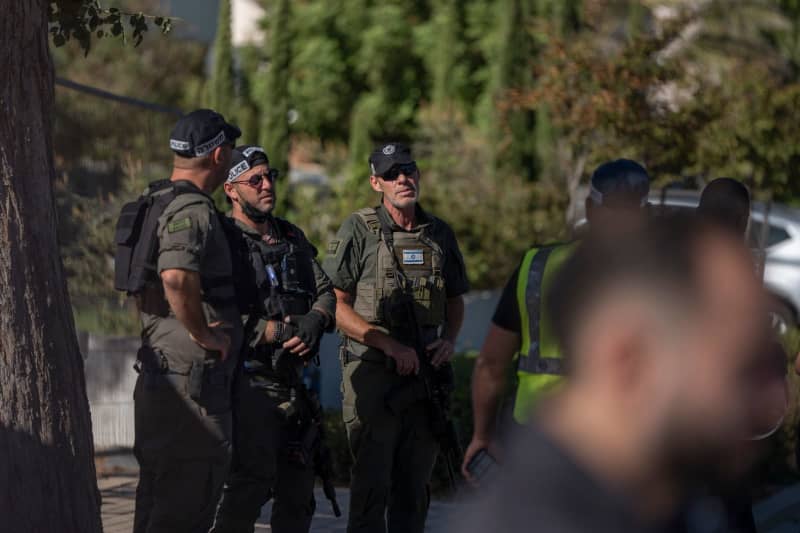On a recent Saturday, a drone launched from Lebanon crashed into a building in Caesarea, Israel, a location notably linked to Prime Minister Benjamin Netanyahu. The Israeli military confirmed the incident, although initial reports did not indicate whether Netanyahu was present in his coastal residence during the drone attack. Fortunately, there were no injuries reported as a result of the crash. In addition to this incident, Israeli defense forces intercepted two other unmanned aerial vehicles, showcasing the heightened tensions and threats that Israel faces from the north.
In response to the drone activity, air alerts were triggered in multiple areas, including the bustling city of Tel Aviv, approximately 55 kilometers south of Caesarea. Reports indicated that another drone had approached the Glilot area, known for housing significant national security installations, including the headquarters of Mossad, Israel’s foreign intelligence agency. Sirens were activated in various northern Israeli cities as part of the defense system’s protocol to alert citizens to potential aerial threats.
The situation is further exacerbated by the ongoing hostilities stemming from the Gaza war that erupted in October prior year. Hezbollah, the Lebanese militant group allied with Hamas, has ramped up its operations against Israel, launching drones and rockets almost daily. This aggressive posture aligns with the broader militant strategy in response to various regional tensions, including the recent developments in Gaza.
The escalating conflict in Gaza has heightened the risk of retaliatory strikes from Hezbollah, particularly following the reported death of prominent Hamas leader Yehya al-Sinwar. In light of this significant loss, Hezbollah declared that the region has entered a “new phase of escalation,” suggesting a shift in tactics or intensity of operations against Israel. Such pronouncements contribute to the concern over an impending increase in violent confrontations between various militant groups and Israeli defense forces.
Israel’s military readiness is critical amidst these developments. The interception of drones and other aerial threats underscores the proactive measures being taken to safeguard lives and national security. The military’s efficient response highlights the technological capabilities Israel has developed to counter such attacks, aiming to mitigate the risks posed by its adversaries. However, the continuing willingness of groups like Hezbollah and Hamas to launch attacks complicates the security landscape.
Overall, the situation exemplifies the fragile nature of peace in the region, where the dynamics of drone warfare and rocket fire are now fundamental aspects of contemporary conflict. The events surrounding the drone crash in Caesarea and the broader military actions underscore the ongoing cycle of violence exacerbated by political and military developments within Israel and its neighboring territories. As the situation evolves, the potential for further escalation remains a pressing concern for both governments and civilians caught in the crossfire.

